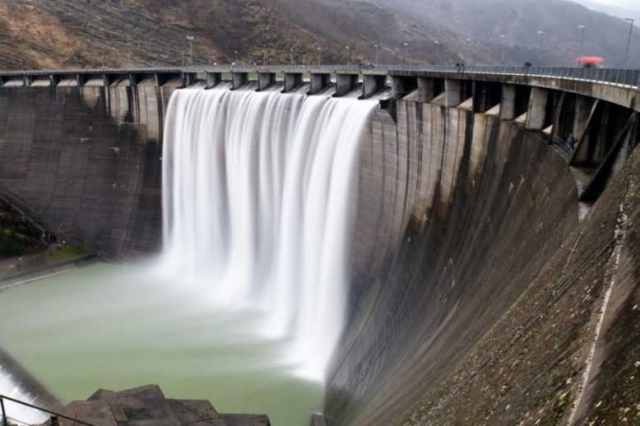A lot of the times, hydropower generation is not clubbed with renewable energy, but rather talked about separately. Some reluctance to call it a renewable source of energy comes from the impact dams have on marine life and water flows. Others believe that the goals of increasing renewable energy can easily be met by increase hydel generation.

Be that as it may. But hydropower is non-carbon and a clean source of power generation. and its importance increased significantly after Sustainable Development Goals were agreed upon in 2015. During 2018, hydropower projects around the world added almost 22 gigawatts (GW) of installed capacity, taking the existing capacity to 1,292 GW, and resulting in an estimated 4,200 terawatt hours (TWh) of clean electricity. This was said by International Hydropower Association in its latest Hydropower Status Report by International Hydropower Association that talks about key trends in hydropower development, policy insights and latest global capacity and generation data in its annual release.

According to the report, 48 countries added hydropower capacity in 2018; and refreshingly, Pakistan stood at third spot with around 2.5 GW of additional hydel capacity after China (8.5 GW) and Brazil (3.9 GW). Within the south and central Asia, Pakistan was at the top in 2018 accounting for the majority of new capacity added – around 63 percent of the total 3962 MW added.

The report highlights that there was a 25 percent increase in Pakistan’s hydropower sector in last year alone. The key projects responsible for the country’s rise in hydropower capacity included the completion of the Tarbela Fourth Extension, which was also the largest addition in south and central Asia region as it added 1,410 MW to the existing 3,478 MW Tarbela hydropower complex from three new units commissioned, taking the total capacity of the project to 4,888 MW. Apart from that, 969 MW of Neelum Jhelum and 108 MW Golen Gol hydropower projects were also added during the year.





















Comments
Comments are closed.